The Supermarine Spitfire is a British single-seat fighter aircraft that was used by the Royal Air Force and other Allied countries before, during, and after World War II. Many variants of the Spitfire were built, using several wing configurations. It was also the only British fighter produced continuously throughout the war. The Spitfire continues to be popular among enthusiasts; around 70 remain airworthy, and many more are static exhibits in aviation museums throughout the world. The Spitfire was designed as a short-range, high-performance interceptor aircraft by R. J. Mitchell, chief designer at Supermarine Aviation Works, which operated as a subsidiary of Vickers-Armstrong from 1928. Mitchell pushed the Spitfire's distinctive elliptical wing with cutting-edge sunken rivets (designed by Beverley Shenstone) to have the thinnest possible cross-section, helping give the aircraft a higher top speed than several contemporary fighters, including the Hawker Hurricane. Mitchell continued to refine the design until his death in 1937, whereupon his colleague Joseph Smith took over as chief designer, overseeing the Spitfire's development throughout its multitude of variants.
Specifications
General Characteristics
- Created On Windows
- Wingspan 69.0ft (21.0m)
- Length 53.3ft (16.3m)
- Height 19.3ft (5.9m)
- Empty Weight 24,426lbs (11,079kg)
- Loaded Weight 46,032lbs (20,879kg)
Performance
- Horse Power/Weight Ratio 0.271
- Wing Loading 59.6lbs/ft2 (290.9kg/m2)
- Wing Area 772.6ft2 (71.8m2)
- Drag Points 14636
Parts
- Number of Parts 158
- Control Surfaces 11
- Performance Cost 722

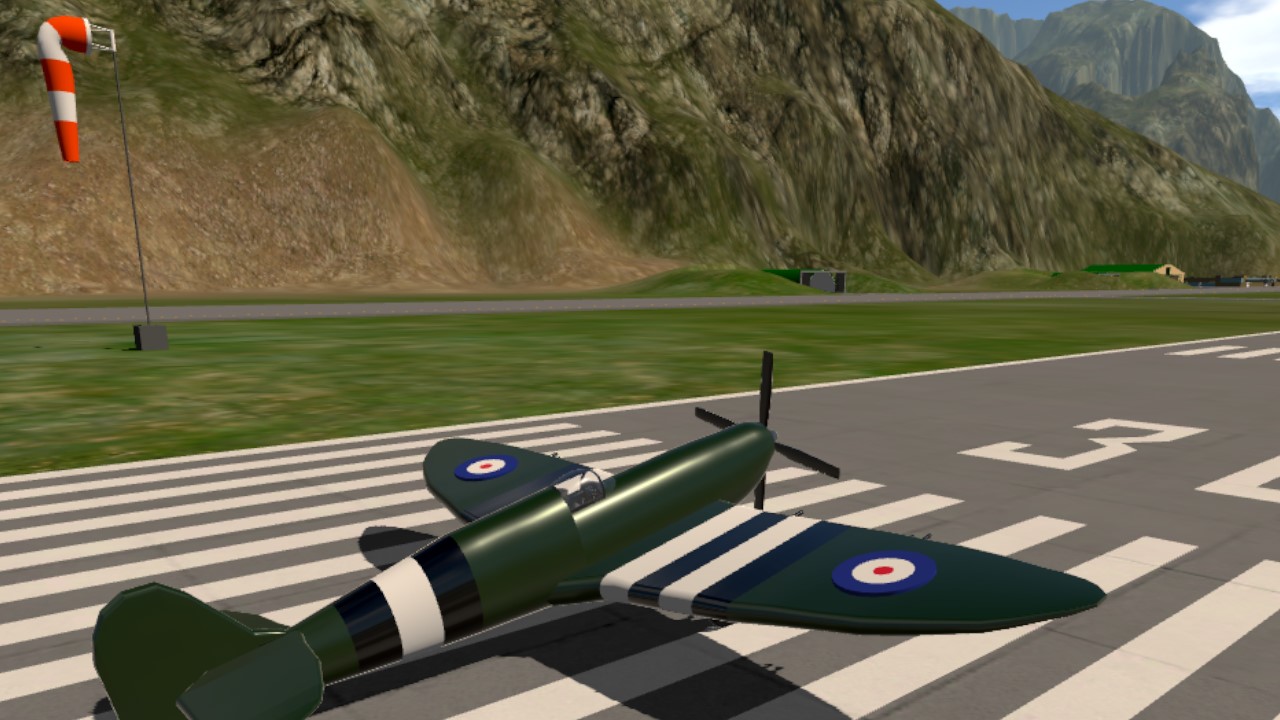
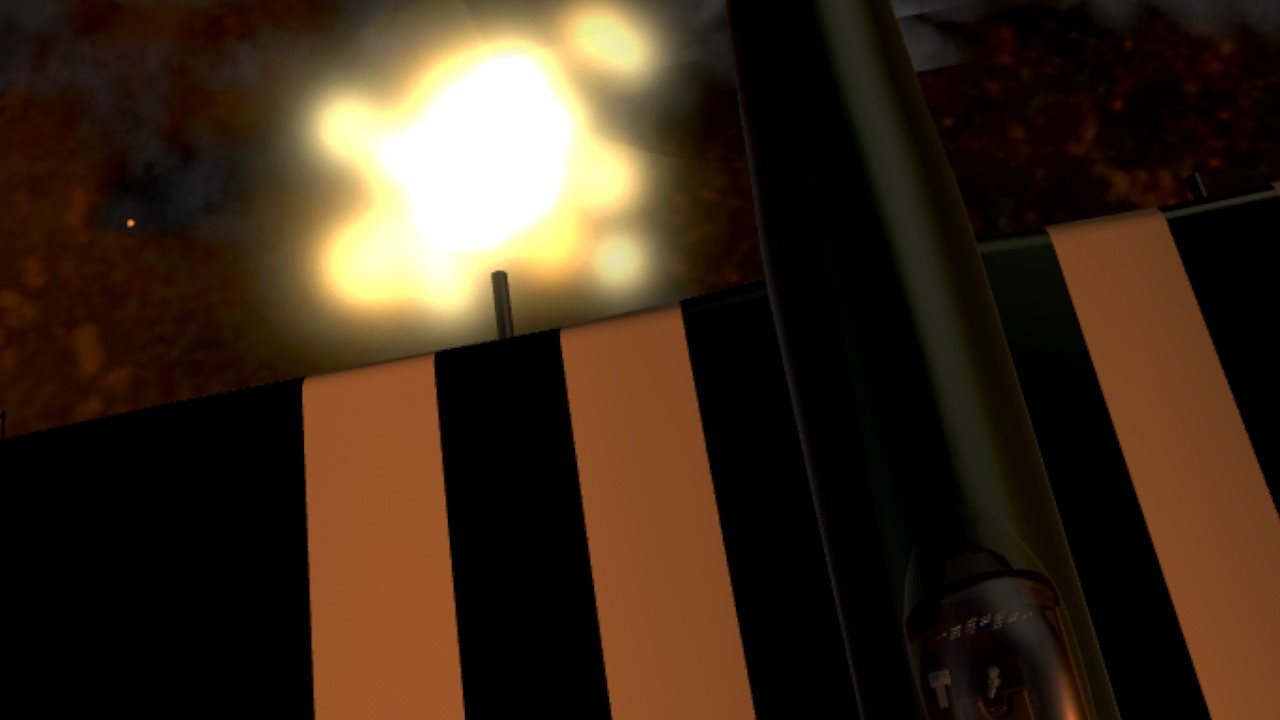
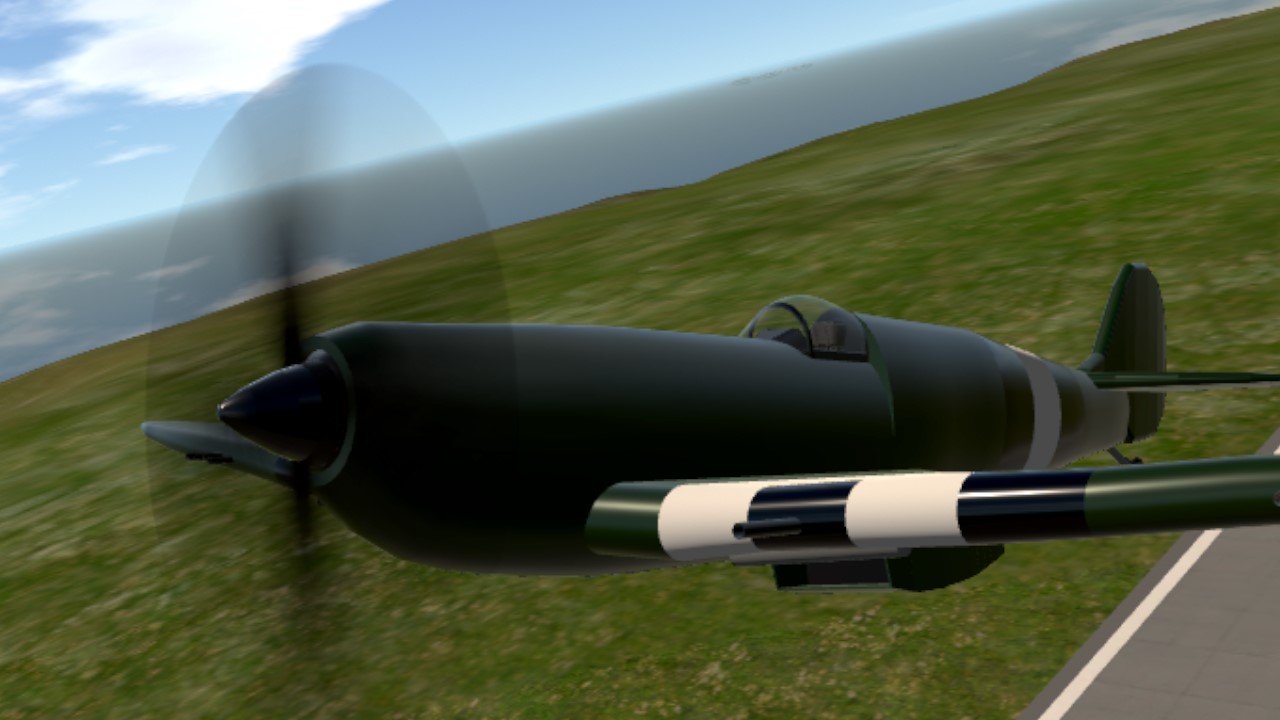

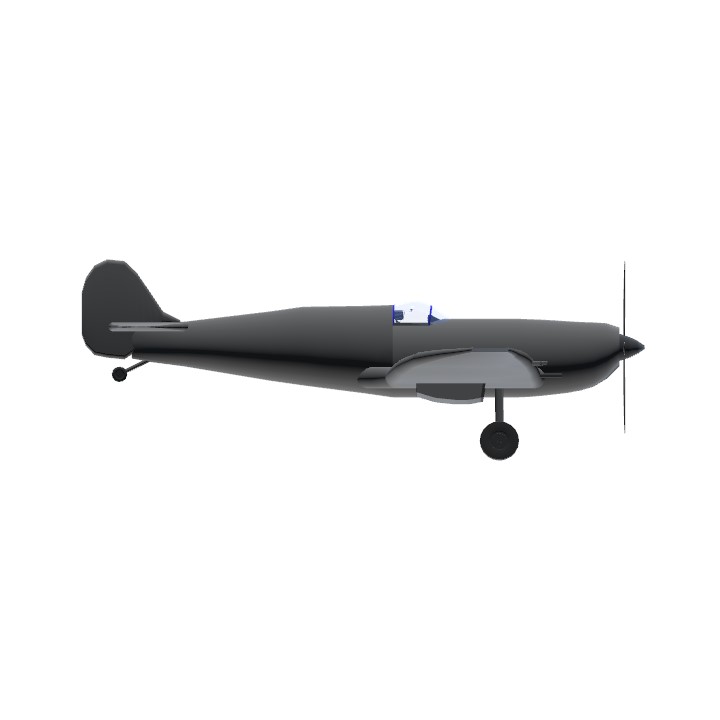
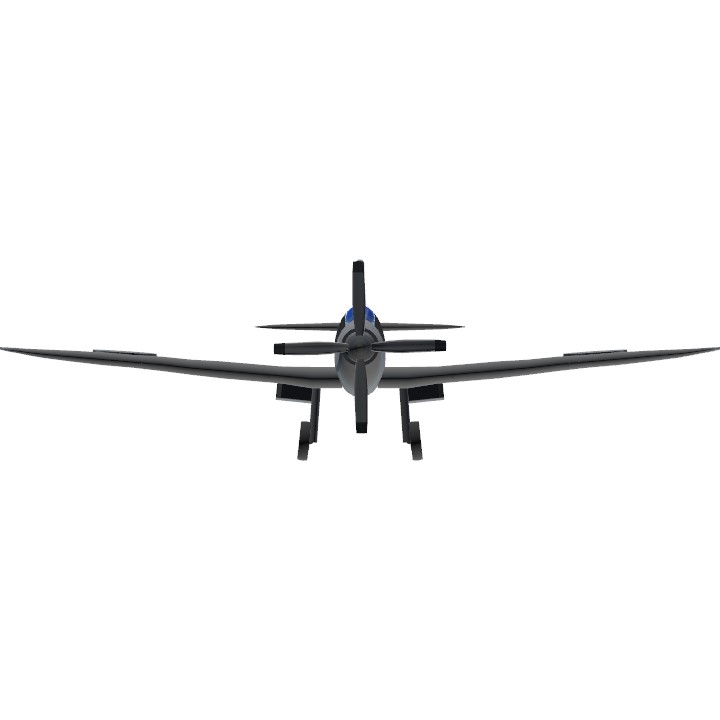
@ItsTomcatTuesday Nice👍
i forgor to make it succesor srry
@Bryan5 This is my second entry for the challenge